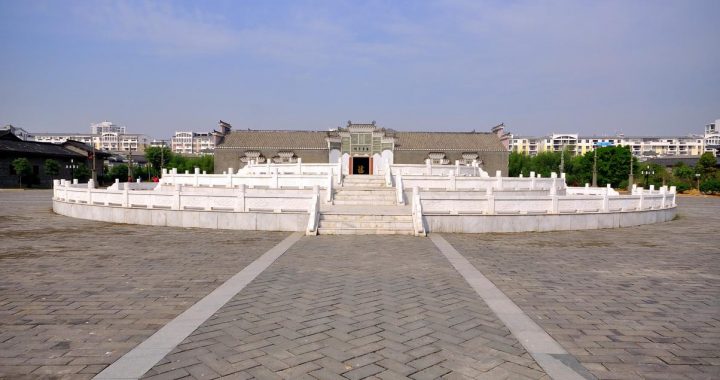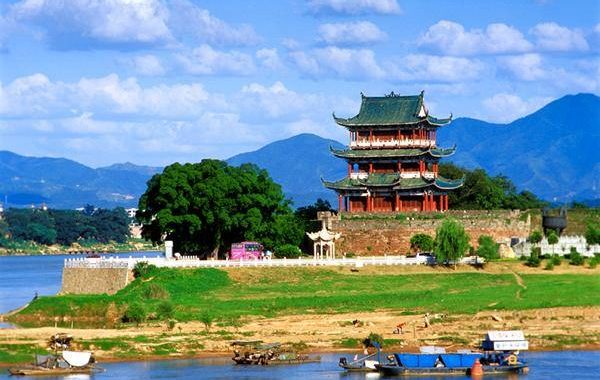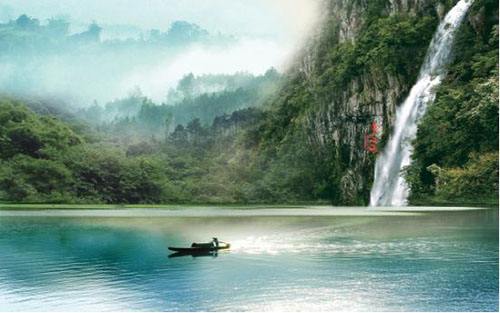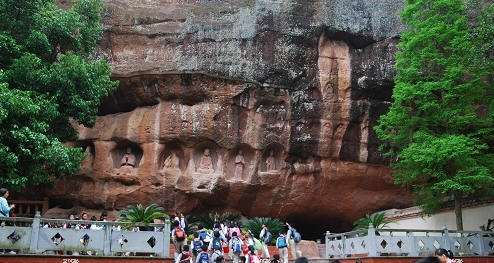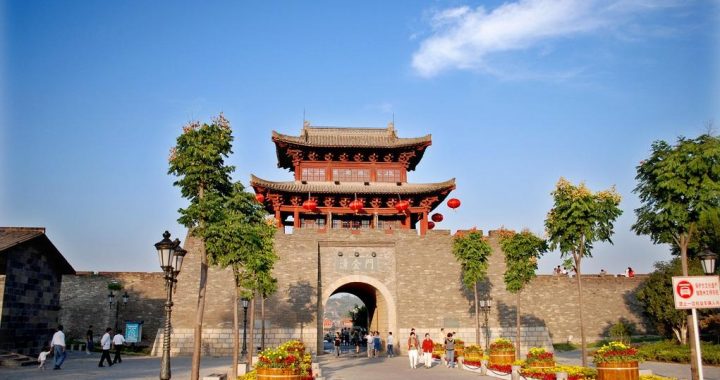Brief Introduction to Ganzhou
4 min readLocated on the upper reaches of Ganjiang River in the south of Jiangxi Province, Ganzhou is also called Gannan. First established in the early Western Han Dynasty more than 2,200 years ago, it has been the economic and cultural center. Now Ganzhou is a national historical and cultural city, top national tourism city, and national sanitary city. It enjoys convenient transportation with Beijing-Kowloon Railway passing by and Zhangjiang River as well as Gongjiang River running through. It is adjacent to Fujian Province to the east, Guangdong Province to the south, Hunan Province to the west, and in the north it connects with Ji’ an, Fuzhou City of the same province. It’s not only the hinterland of southeastern coastal areas, but also the front line, where inland cities connect with coastal areas. As the largest district in Jiangxi Province, Ganzhou includes one district, two cities and fifteen counties. It covers an area of 39,460 square kilometers and has a population of 8,456,900, ranking one fourth and one fifth of Jiangxi Province’s total respectively. The climate of the district is of humid subtropical monsoon kind, with four distinctive seasons, abundant rainfall and sunshine. The city is surrounded by rivers on three sides and rests against mountains on the fourth side. The timeliness and the favorable geographical position make the city a treasure place.
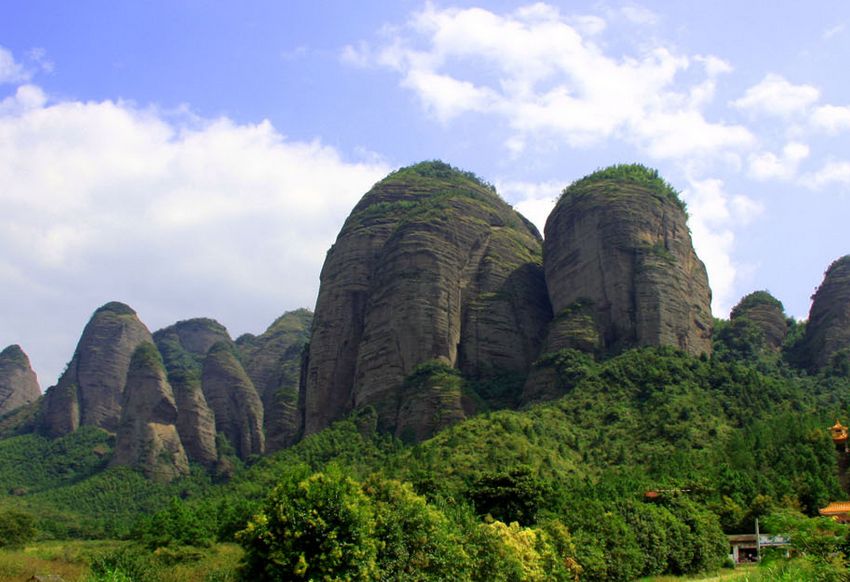
Ganzhou is abundant in dense rivers, green mountains, clean water and fresh air. There are 1,270 rivers and 53 hot springs in the city, with Zhangjiang River and Gongjiang River merging into Ganjiang River under the ancient wall, which dates back to the Song Dynasty, thus it gained the name “the first city along the three-thousand-li Ganjiang River”. Springs here are used to foster fish, raise seeds, irrigate and tour. Also, as one of the commercial forestry base areas, it has a high forest coverage rate of 74.4 percent, so it is called”Ecology Kingdom”and “Treasure House of Green”. The major protected plant species are over 70 kinds, five kinds of which are first-level tourism species. Natural resource of agriculture is plentiful there. It is an economic-crop cultivated area that is built to be a provincial key forest area. Now Ganzhou becomes the home of Chinese naval orange, sweet orange, sweet pear, shaddock, dried salty duck, gray goose, grass mushroom, white lotus, nappy bamboo and winter daphne. Xinfeng County is called “the Home of Oranges”, Chongyi—”the Home of Bamboo”, Ganxian —”the Home of Salted Duck”and Huichang-“the Home of Rabbit Meat”, etc. The main mineral resources in Ganzhou are non-ferrous and rare metals, the reserve of tungsten ranks the first in the world and the rare earth ranks the second in China, so it is reputed “the City of Tungsten”and”the Kingdom of Rare Earth”.”Five Beauties”of Jiangxi mineral resources are tungsten, copper, uranium, rare earth and tantalumniobium, four kinds of which are in Gannan except copper. So Ganzhou has become one of the national key non-ferrous metal bases.
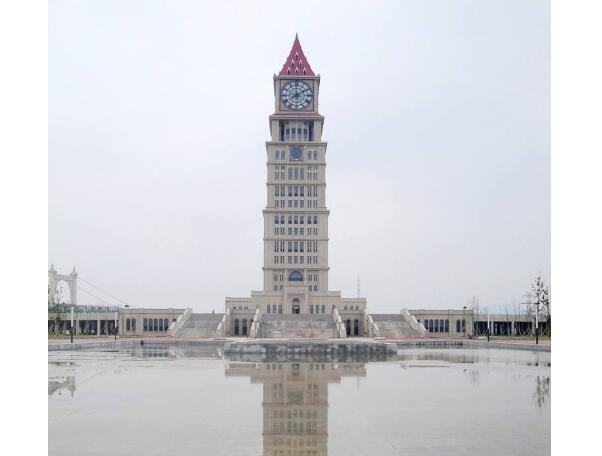
Ganzhou’s spots of historical interest and natural beauty shine more brilliantly in each other’s company. Undoubtedly, it is one of the best choices for human beings to return to nature and cultivate minds at any time of a year. Ganzhou is famous as “Museum of the Song Dynasty”, where the 3,600-meter-long Ancient Wall and plenty of ancient architectures have been protected well. Up to now, there is one state-level scenic spot, one state-level natural protected area, and five key national protected units of historical relics, seven national forest gardens and eight provincial level places of interest. The distributional rate of tourism resources in Ganzhou is up to 77 percent. There is no doubt that each native of Gannan and the tourists, who has been there, cannot help eulogizing over the beautiful scenery.
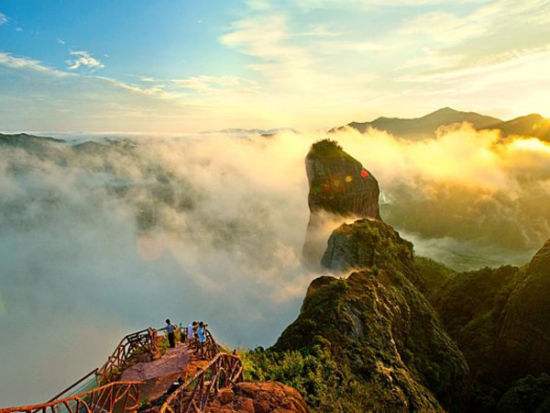
Ganzhou is a place with gorgeous ancient civilization and glorious revolutionarytradition, it is also the cradle of the People’s Republic of China. The well-known General County -Xingguo County and the starting point of the world famous “Twenty-five-thousand-li Long March”are all within Ganzhou boundary. The dense concentrations of revolutionary sites in Ruijin preserve the primitive form of the early stages of Chinese government. Visiting these sights brings one back to the Chinese Soviet Area of the early 1930s.
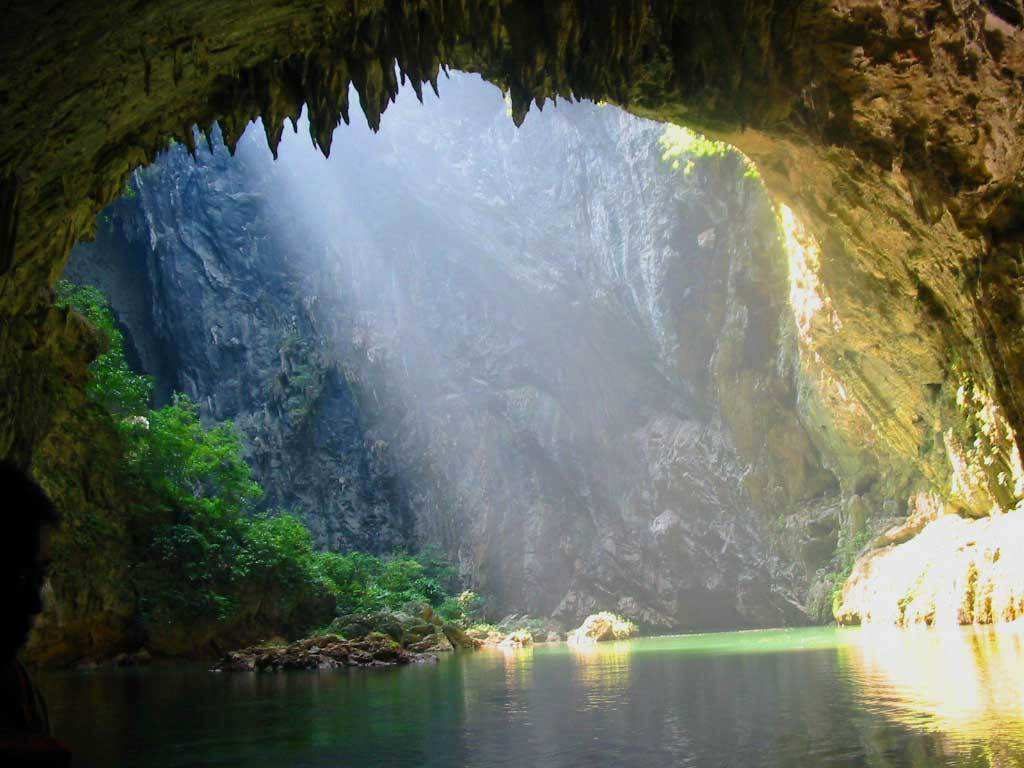
Besides, Ganzhou is the cradle of Hakka custom and culture, and is the biggest gathering place of Hakkas in the world. Over 90 percent of the population in Ganzhou is Hakka. It’s also the first settlement and the earliest transfer station for them immigrating to the south.
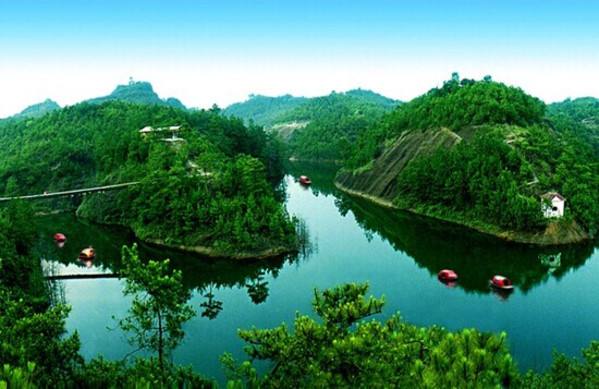
By the year of 2008, Ganzhou is supposed to be a state garden city with urbanization rate of 40 percent above; by 2015, it will become a modernized regional city influencing Jiangxi, Guangdong, Fujian and Hunan,a city well suited for habitation and developing business.


